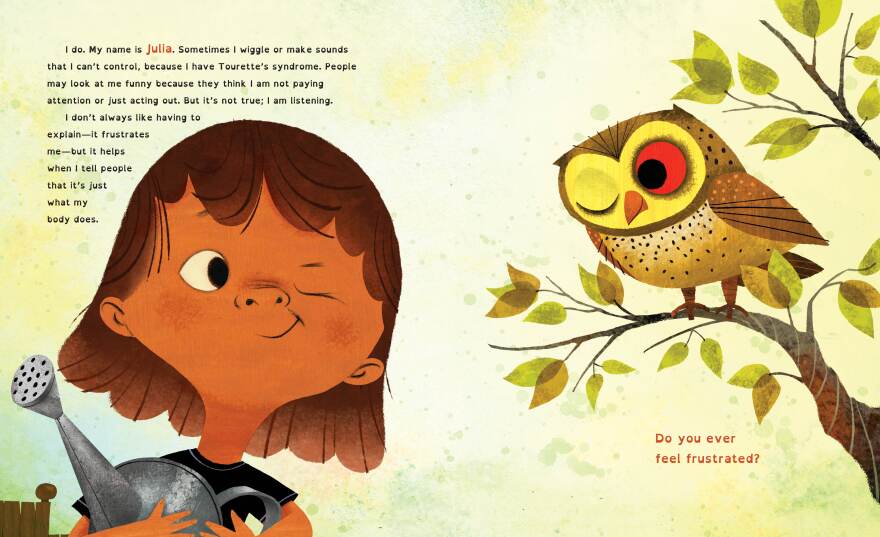Supreme Court Justice Sonia Sotomayor was diagnosed with Type 1 diabetes early in life, and ever since has given herself insulin shots before she eats, to help manage her blood sugar levels. No big deal. But some years ago, she had an upsetting experience at a restaurant.
She was in the restaurant bathroom, just finishing up her injection when another woman walked in. They both returned to their dinners, but as Sotomayor left the restaurant, she heard the woman from the restroom say: "She's a drug addict."
Sotomayor stopped, turned around, and said: "Madam, I am not a drug addict. I am diabetic, and that injection you saw me give to myself is insulin. It's the medicine that keeps me alive. If you don't know why someone's doing something, just ask them. Don't assume the worst in people."
And walked away.
The justice has replayed that scene in her mind many times over the years, and it ultimately led her to write the children's book Just Ask! Be Different, Be Brave, Be You.
"I wanted to talk about children like me," Sotomayor says.
Just Ask! is about 12 young people working together to plant a garden. "Each of us is doing what we do best ..." Sotomayor explains. "Each child is doing something to contribute to the garden, despite how they're differently able."
The book is illustrated by Rafael López. Sotomayor says she was drawn to his work because of his use of bold, vivid colors. "Coming from Mexico, I grew up surrounded by color," López says. "Whether you're in the market, or you were in the fields, or you were just walking around ... You can see the buildings of Mexico that are painted so brightly."
To him, bright colors represent emotion and diversity. "The whole idea is that you're bringing this explosion of color ... this explosion of diversity that we ideally would like to have in a community," López explains.
Sotomayor says that the concept of the garden was important to her as she wrote the book. "Just the way gardens have different plants, and different trees, and different kinds of flowers, and different birds and animals that populate the garden, we in our society have different kinds of people, too, doing different kinds of things," she says.

One of Sotomayor's favorite scenes in the book shows a young girl named Julia winking at an owl. Julia has Tourette syndrome. "Sometimes I wiggle or make sounds that I can't control," Julia says in the book. López says this illustration was one of the most challenging for him to draw, but "there was this sweetness about this animal, this owl, connecting emotionally to Julia."
López says one of the reasons that he connected to Sotomayor's children's story is because his son, Santiago, has autism. "He has taught me so much," López says. "He's made me a more patient person ... he has made me a better listener, a more understanding person."
There are two children with autism in the book — and Sotomayor says it's important that they are depicted in very different ways: Jordon loves to talk about dinosaurs. But Tiana prefers not to talk. "Conditions vary," Sotomayor says. "Their presentations are never identical."
López says he hopes his son Santiago and other children will recognize themselves in these characters. Though they'll all come away with different lessons, if these young readers feel empowered, "I think we did our job," López says.
Sotomayor says the takeaway of the book is that differences are not bad. "I want every child to understand that whatever condition they bear in life, they are special in a good way," she says.

"You can learn so much by getting to know someone that perhaps does things a little bit different than you," López adds. "Be patient and be curious ... and don't be afraid to ask."
Samantha Balaban and Evie Stone produced and edited this interview for broadcast. Beth Novey adapted it for the Web.
Copyright 2023 NPR. To see more, visit https://www.npr.org.



